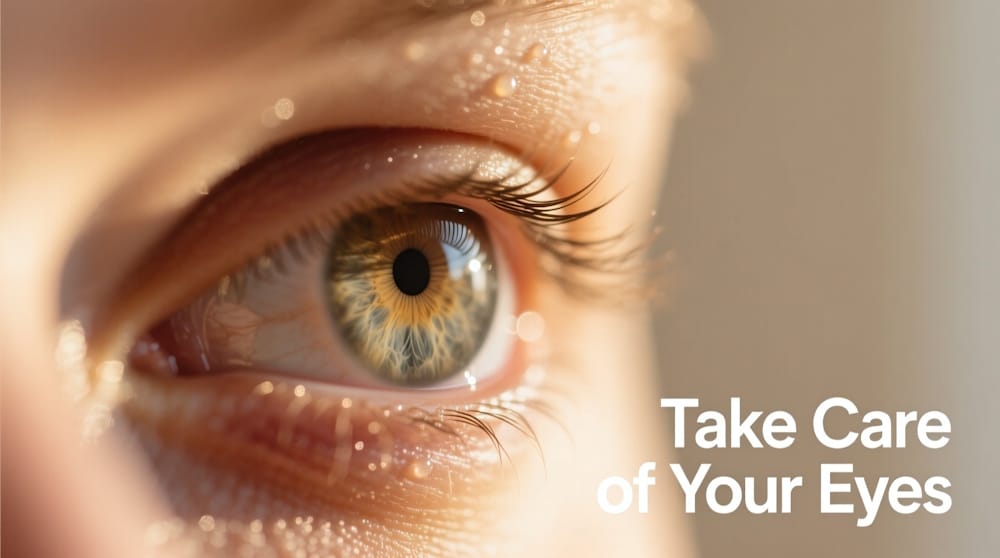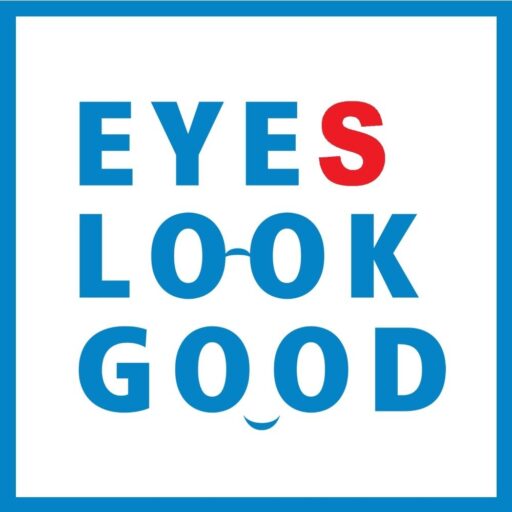Blog
The Importance of Taking Care of Your Eyes

The Importance of Care of Your Eyes
Our vision is foundational to how we live, work, and connect. This comprehensive guide outlines practical, evidence-informed strategies we recommend for the care of your eyes, with real-life examples, statistics, and actionable tips to ensure optimal eye health throughout life.
Why the Care of Your Eyes Matters
Vision is central to daily functioning: from reading and driving to social interaction and professional tasks. Prioritizing the care of your eyes prevents avoidable complications such as cataracts, glaucoma, age-related macular degeneration (AMD), and persistent digital eye strain. According to the World Health Organization, nearly 2.2 billion people worldwide suffer from vision impairment, and 1 billion cases could have been prevented through proper eye care.
Investing in preventive measures preserves independence, quality of life, and productivity. For example, a 45-year-old office worker who adopts regular screen breaks and receives yearly eye exams reduces their risk of developing digital eye strain and early-onset presbyopia.
Common Threats to the Care of Your Eyes
Understanding risk factors allows targeted protection. Key threats include:
- Digital Eye Strain: Over 60% of adults who use screens more than 6 hours daily report symptoms such as dry eyes, blurred vision, and headaches. Simple practices like the 20-20-20 rule significantly reduce strain.
- UV Radiation: Studies show cumulative sun exposure can increase cataract risk by up to 50% over a lifetime. Wearing UV-blocking sunglasses is essential.
- Age-Related Conditions: Conditions like glaucoma affect roughly 3 million Americans over 40, with early detection via eye exams preventing severe vision loss.
- Poor Lifestyle Habits: Smoking increases AMD risk by 2–3 times, and diets low in vitamins A, C, E, zinc, and omega-3s compromise retinal health.
Essential Habits for the Care of Your Eyes
Consistent, evidence-based habits are key to preserving sight. These include:
Regular Comprehensive Eye Exams
Annual eye exams allow early detection of silent conditions like glaucoma and diabetic retinopathy. For instance, 50% of people with glaucoma are unaware of their condition until significant vision loss occurs.
Nutrient-Rich Diet
Micronutrients protect against oxidative damage. Incorporate leafy greens, salmon, eggs, nuts, and citrus fruits. Clinical trials show that lutein and zeaxanthin supplementation can improve macular pigment density, supporting long-term retinal health. For example, a 6-month study on adults over 50 showed a 25% increase in macular pigment optical density with daily lutein intake.
Adequate Hydration and Sleep
Water intake keeps eyes moist, reducing dry eye syndrome, particularly in air-conditioned environments. Seven to eight hours of sleep enhances corneal repair and eye muscle recovery. Research indicates that sleep deprivation of even one night can reduce visual contrast sensitivity by up to 15%.
Practical Protective Measures for the Care of Your Eyes
UV-Protective Sunglasses
UV400 sunglasses block harmful rays. A 2019 study found consistent use reduces cataract development risk by 40%. Wraparound frames also prevent peripheral exposure.
Screen-Time Management
Implement the 20-20-20 rule and adjust device settings. Statistics indicate that users applying this method report a 30% reduction in eye fatigue.
Workplace Eye Safety
Eye injuries in the workplace occur in over 2,000 cases daily in the U.S. Using certified protective eyewear drastically reduces this risk.
Hygiene: Avoid Rubbing
Rubbing eyes increases infection risk. Opt for clean hands and sterile contact lens solutions.
Eye Care for Children and Teens
High screen exposure contributes to rising myopia rates, with projections estimating 50% of the global population may be myopic by 2050. Encouraging outdoor play for at least 90 minutes daily and scheduling annual vision screenings can help delay the onset and progression of myopia.
Special Considerations for Adults and Seniors
Adults with chronic conditions like diabetes or hypertension must monitor retinal health closely. Seniors should prioritize nutrient-rich diets, supplements as indicated, and regular eye exams to detect early AMD, glaucoma, and cataracts. In a longitudinal study of adults over 65, participants following dietary and supplementation protocols had a 20% lower incidence of vision-threatening AMD over 5 years.
Eye Exercises and Relaxation Techniques
Palming, gentle eye-rolling, and alternating near and far focus can reduce short-term eye strain. For example, office workers performing 10-minute daily relaxation routines reported a 35% reduction in eye fatigue over a month. These exercises improve accommodative flexibility and reduce tension around the eyes.
When to Seek Urgent Eye Care
Certain symptoms demand immediate attention. Seek care if you experience sudden or severe vision loss, flashes of light, new floaters, or severe eye pain. Prompt intervention can prevent permanent damage, especially in cases like retinal detachment or acute glaucoma, which can lead to irreversible vision loss within hours if untreated.
